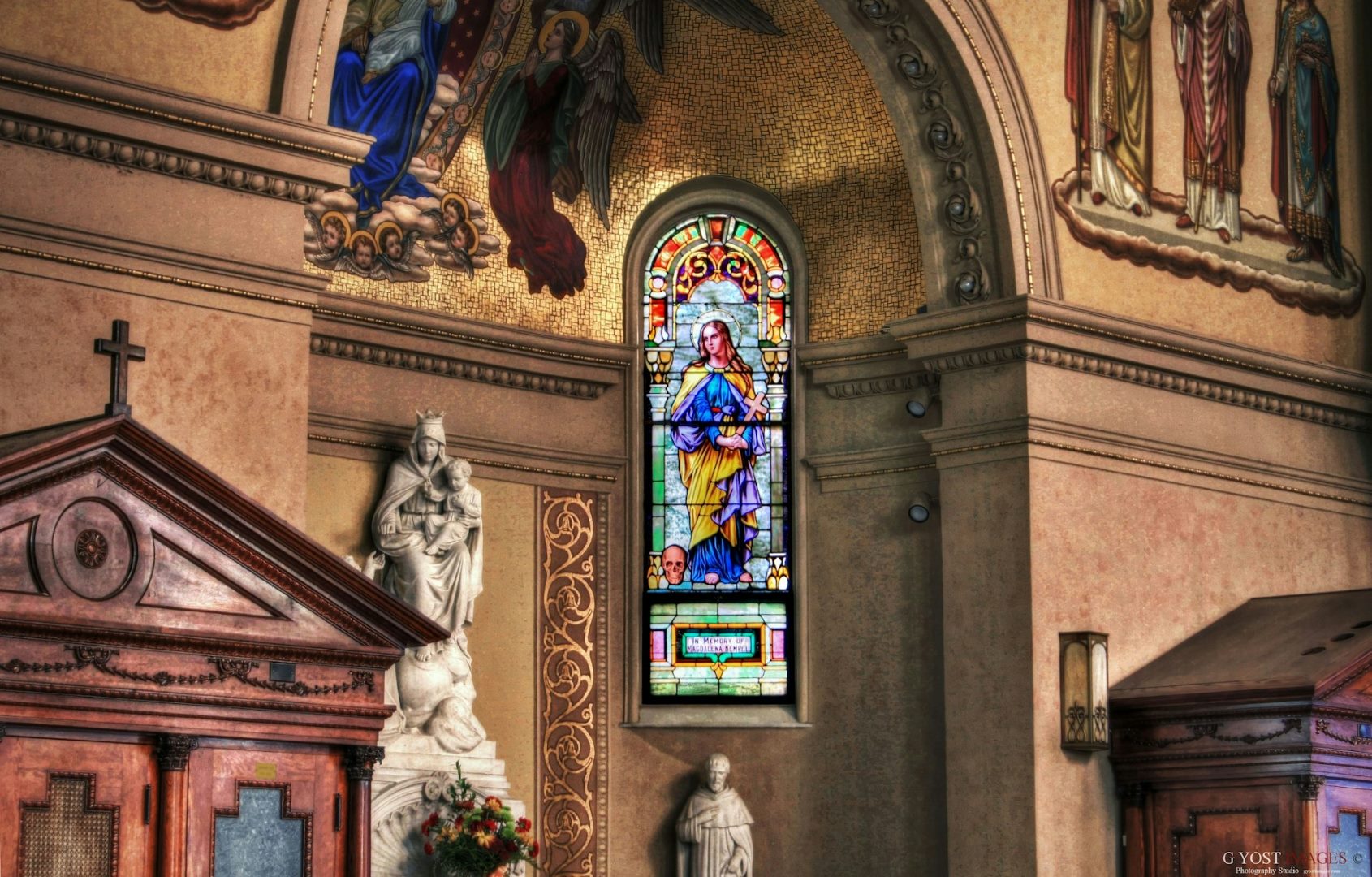Introduction
The Orthodox Church, an ancient and distinguished branch of Christianity, has played a pivotal role in shaping the spiritual and cultural landscape of the world. With its roots firmly planted in the early Christian communities, the Orthodox Church has preserved its venerable traditions and teachings for centuries. This comprehensive guide will delve into the fascinating world of the Orthodox Church, exploring its history, beliefs, practices, and enduring legacy.
A Glimpse into the History
The origins of the Orthodox Church can be traced back to the first century AD, when the apostles spread the teachings of Jesus Christ throughout the Roman Empire. Over time, as Christianity grew and evolved, different regions developed their own liturgical and theological expressions. The Great Schism of 1054 marked a significant turning point in Christian history, dividing the Church into Eastern and Western branches. The Eastern Church, which became known as the Orthodox Church, maintained its ancient traditions and resisted the reforms implemented by the Western (Roman Catholic) Church.
Ecumenical Councils and the Formation of Doctrine
Throughout its history, the Orthodox Church has relied on Ecumenical Councils to define its beliefs and practices. These councils, attended by bishops from across the Christian world, were convened to address doctrinal disputes and establish the core teachings of the faith. The first seven Ecumenical Councils, held between the 4th and 8th centuries, formulated the Nicene Creed and established the core doctrines of the Trinity, the Incarnation, and the nature of Christ.
Core Beliefs and Teachings
The Orthodox Church adheres to a rich and comprehensive set of beliefs and teachings, based on the Holy Scriptures and the writings of the Church Fathers. At the heart of Orthodox theology is the concept of the Holy Trinity: God the Father, God the Son (Jesus Christ), and God the Holy Spirit.
The Nature of Christ
The Orthodox Church firmly upholds the doctrine of the Incarnation, believing that Jesus Christ is both fully divine and fully human. This dual nature of Christ is central to the Orthodox understanding of salvation, as it is through His sacrifice on the cross that humanity is reconciled with God.
The Importance of Tradition
Tradition holds a highly esteemed place within the Orthodox Church. The Church believes that the teachings and practices passed down through the generations are an integral part of the faith. Scripture and Tradition are considered to be complementary sources of divine revelation, working together to guide the life and worship of the Orthodox faithful.
Liturgical Practices and Sacraments
Orthodox worship is renowned for its beauty, solemnity, and rich symbolism. The Divine Liturgy, the central act of worship, follows a structured order of prayers, readings, and hymns. The Orthodox Church recognizes seven sacraments, or holy mysteries, through which God’s grace is mediated to believers. These sacraments include baptism, chrismation, Eucharist, penance, anointing of the sick, marriage, and ordination.
Icons and Symbolism
Icons, painted images of Christ, Mary, saints, and other holy figures, play a significant role in Orthodox worship. They serve as a visual expression of the faith, reminding the faithful of the presence of the divine and providing a focus for prayer and meditation.
Hierarchy and Organization
The Orthodox Church is governed by a hierarchical structure consisting of bishops, priests, deacons, and monastics. Each local Orthodox Church is headed by a bishop, who is assisted by priests and deacons.
Monasticism
Monasticism has been an integral part of the Orthodox Church since its inception. Monasteries, often situated in remote locations, provide a setting for monks and nuns to live a life dedicated to prayer, contemplation, and service to God.
The Orthodox Church and the Wider World
The Orthodox Church has had a profound impact on the cultures and societies of many nations, particularly in Eastern Europe, Russia, and Greece. Its influence can be seen in architecture, art, music, and literature.
Ecumenical Relations
The Orthodox Church has engaged in ecumenical discussions with other Christian denominations in recent decades. While maintaining its distinct identity, the Orthodox Church seeks to foster dialogue and cooperation with other Christian traditions.
Tips for Engaging with the Orthodox Church
For those interested in learning more about the Orthodox Church or participating in its worship, here are a few tips:
- Visit an Orthodox church and attend a Divine Liturgy.
- Read books and articles about Orthodox history and theology.
- Attend lectures and workshops by Orthodox scholars and clergy.
- Connect with Orthodox Christians through social media or local organizations.
Conclusion
The Orthodox Church, a rich and vibrant branch of Christianity, has preserved its ancient traditions and teachings for centuries. Its beliefs, practices, and liturgical beauty continue to inspire and guide millions of faithful around the world. By understanding the history, teachings, and practices of the Orthodox Church, we gain a deeper appreciation for its enduring legacy and its role in shaping the spiritual and cultural fabric of our world.



